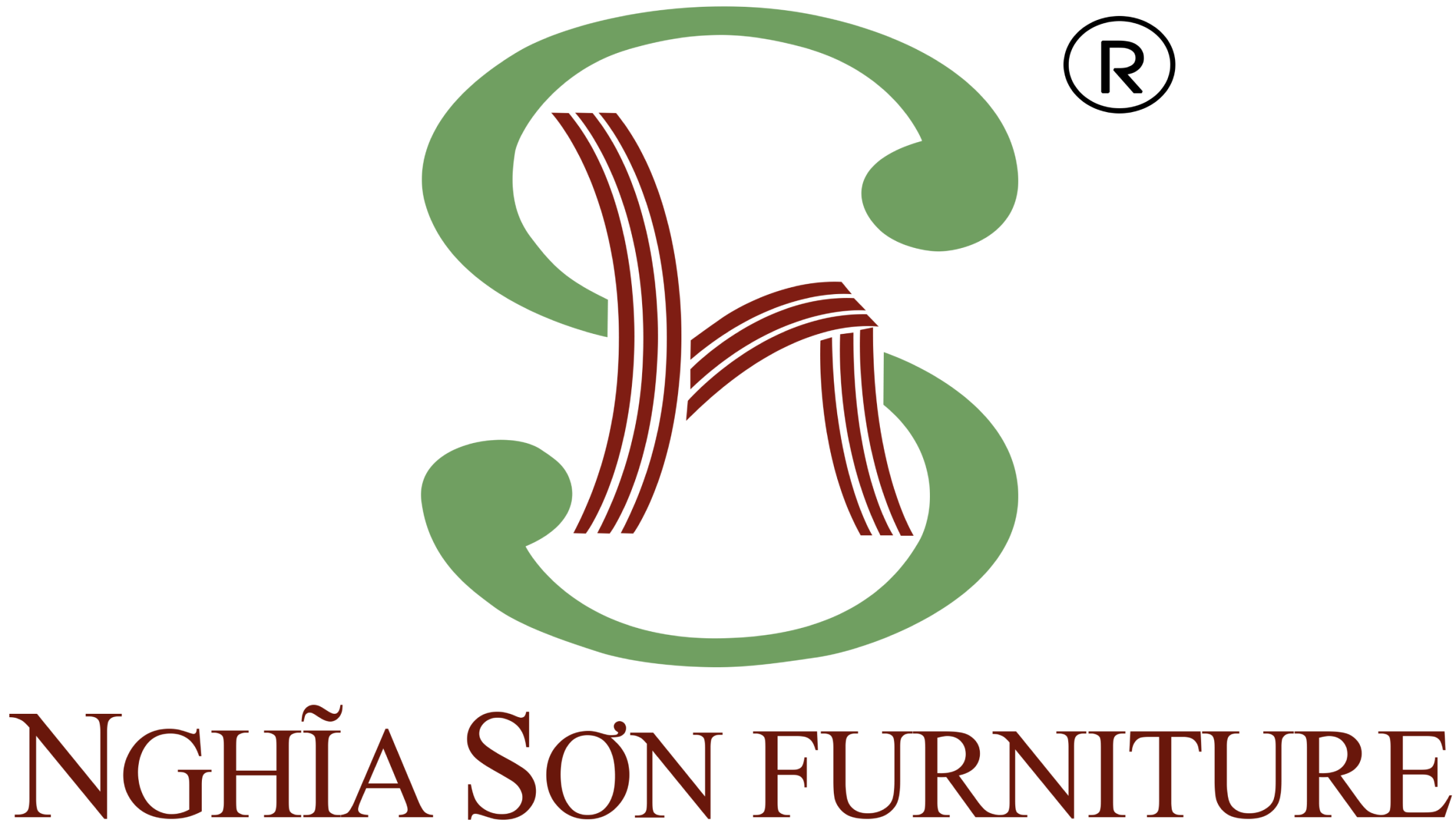Boosting Exports To Global Distribution Chains

Mr. Huynh Le Dai Thang, Director of Nghia Son Furniture Company Limited (Dong Nai) said that currently, the company produces indoor and outdoor furniture from cajuput and eucalyptus wood combined with wood, aluminum, iron, rattan and other materials, exporting 60 containers/month to the main markets of the United States, Europe and Japan… The reason for this success in the context of the export market facing many difficulties is because the company has soon implemented a strategy of diversifying the market by penetrating the global distribution chain, approaching foreign customers through international e-commerce sites and platforms.
According to the Ministry of Industry and Trade, in the past, businesses only needed to export to a few markets to be assured of output for goods and were less concerned about promotion and finding more customers. However, when trade flows are constantly fluctuating, traditional markets are no longer stable, and even pose risks, diversifying export markets has become a vital requirement for Vietnamese businesses.
As of August 2025, Vietnam’s total import-export turnover reached nearly 597.93 billion USD, up 16.3% over the same period last year. Notably, exports to markets with Free Trade Agreements (FTAs) have all recovered positively. New generation FTAs such as CPTPP, EVFTA and UKVFTA, along with a series of bilateral and multilateral FTAs that Vietnam has signed and implemented before, have created a large market network, becoming a driving force for Vietnamese businesses and industries to “boldly” step out into the world.

An export product of Nghia Son Wooden Furniture Company Limited
According to Ms. Veronica Alcaraz Silva, Chief Representative of Coppel Vietnam, recently, bringing Vietnamese goods abroad through direct connection of large retailers and distributors in the world with domestic production units has recorded a great level of interest, with more than 450 distribution channels and reputable importers from more than 60 countries and territories, along with the participation of hundreds of Vietnamese enterprises. In addition to traditional markets such as the United States, EU, Japan, Korea, Vietnam also attracts many importers from the Middle East, Latin America and Eastern Europe – emerging potential regions. However, to have Vietnamese goods widely present, enterprises must constantly update new standards and tastes of consumers; invest in improving quality, applying science and technology to trace origins, and have a green and sustainable development strategy.
A representative of Walmart Group said that Walmart’s global supply chain purchases and distributes more than 100 billion products each year. With its experience, Walmart believes that customers in all regions tend to prioritize using good quality products; choose to shop at distribution channels with a variety of goods and quality services, convenient shopping experiences. Therefore, Walmart is constantly expanding its network of suppliers of goods from agricultural products, food to textiles, household goods with specific requirements on quality commitment and clear traceability.
As one of many international buyers coming to Vietnam to look for suppliers, Mr. Per Ljungblad, Natural Fiber Development Manager for Southeast Asia (IKEA Group) said he is looking for innovative, environmentally friendly consumer products.
“Through direct discussions, we have found that Vietnamese enterprises have very diverse production capacity and are grasping global consumption trends quite well. Many enterprises have special creativity to help increase product value and customer experience. After learning, we plan to visit manufacturing plants directly to promote purchasing cooperation activities in the near future,” he shared.
Commenting on the current general situation, Ms. Nguyen Thao Hien, Deputy Director of the Department of Foreign Market Development, Ministry of Industry and Trade, said that the figures on import-export turnover reflect an important transformation in the business model of Vietnamese enterprises, from pure processing to becoming a product development partner, co-creating with global brands.
“The international business community sees Vietnam as a leading manufacturing hub in the region with the ability to supply a wide range of products at competitive prices and with constantly improving quality. At the same time, after the Covid-19 pandemic and recent geopolitical and economic instability, many corporations, retail and wholesale distribution channels, and e-commerce platforms are promoting diversification strategies, ensuring sustainable supply sources and have chosen Vietnam as a strategic location in their global supply chains,” said Ms. Hien.
Source: https://thoibaonganhang.vn/day-manh-xuat-khau-vao-chuoi-phan-phoi-toan-cau-170096.html
